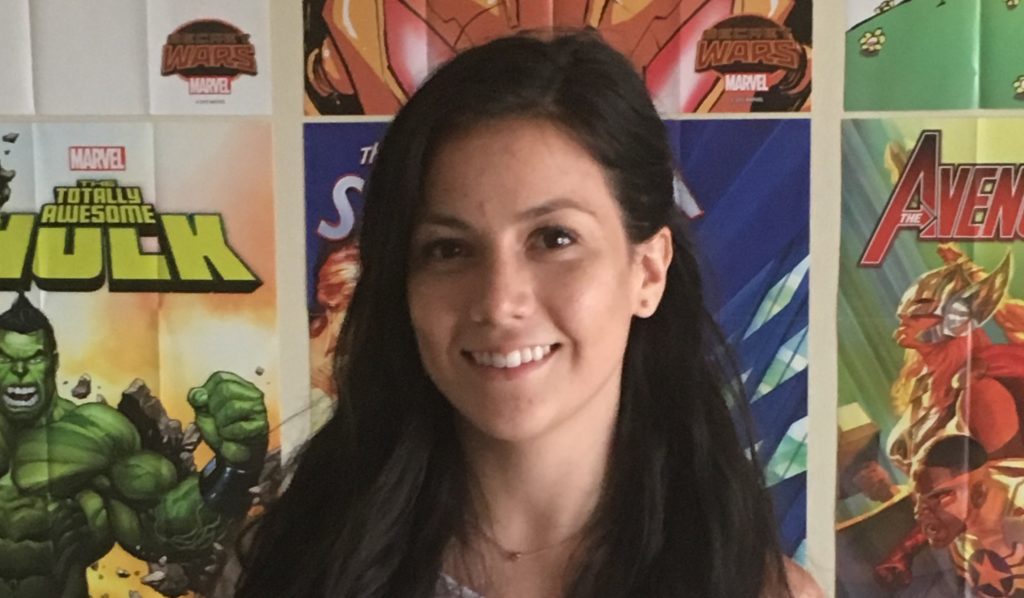How to Handle Patent Procurement
Patent rights protect an idea by giving the patent owner the right to prohibit others from using, making or selling what the patent claims are covering.
There are three types of patents which are invention patent, utility model patent and design patent. The duration of inventions license is 20 years while utility or design goes for ten years. Utility patents are the most common and deal with machines, articles of manufacture and methods of making and doing things. Design patents protect the ornamental appearance of a device. The process followed to create an ideal patent is as follows:
Determining the type of patent at hand
One can assess and know whether the patent they have is a utility model, invention or design patent. After one determines what kind of license they have, they can follow the process associated with the idea to make it a patent.
Patentability of an Idea
For the idea to be patentable, it must be useful in that it should not be immoral and frivolous. It must also be new in that it had not been previously used or known by others or had been described in a previous publication. Also, the idea should also not be familiar to an individual in the same field of work. The inventor should disclose the useful information about the concept to the patent office.
Patent Application Filling
The application gets filled with the Patent Office. The application needs for the preparation of a document describing the idea at hand. The material is mandatory to allow another individual aside from yourself to use the concept. The application is later taken to the patent office for examination. Upon completion, the examiner communicates in writing with the inventor or his attorney via an office action whether the application qualifies as a patent.
Contents of an application are the inventions title, a related cross-reference, a statement of federal sponsorship, information on joint research agreement, a background, the summary of the invention and an abstract.
An application can be provisional or non-provisional. A non-provisional application is a document which includes a specification setting forth a written description of the idea, claims, drawings where necessary, a declaration or oath and examination fees.A provisional application remains pending for 12 months, do not mature into a patent and are not reviewed by a PTO. Within the 12 months, the applicant is eligible to file a non-provisional application.
Examination
On receiving the patent application, it is assigned a group of examiners who examine patents in that category. The examiner does a patent search reviewing the claims alongside patented inventions. After the examination is over, communication is then done to the inventor by the examiner in writing.
Prosecution of a Patent
It refers to the communication between the patent office and the attorney representing the inventor. Their communication includes documents such as a written response from the patent office to an office action. The response is usually an argument to convince the examiner that your invention is qualified as a patent. An office Action is the official stand of the patent office whether to grant you patent or not.
Abandonment or Appeal
If the patent is not granted, the owner of the idea may respond to the examiner in writing explaining that probably the examiner may have misinterpreted the laws of patents or may have misinterpreted the rules applicable to patent applications. If the application is again not patented and the inventor still wants it patented, the examiner goes through it and offers a final office action explaining why the patent cannot be made a patent if it is not made a patent for the second time. Preferably, the applicant may not see the need to convince the examiner thus abandoning their process for the quest of a patent.
A patent may not be issued since the invention may have already been patented before or the examiner may find similar designs which would form one exactly like yours if combined.
Issue Fee
Upon issuance of a petition, one is required to pay a fee known as the issue fee. Upon the reception and submission of all the items needed by the examiner, the patent gets issued and is enforceable for the next twenty years. The patent term starts from the date of initial filing.
Maintenance Fee
A patent maintenance fee must be paid at intervals of three and a half, seven and a half and eleven and a half years, failures to which the patent gets abandoned. The maintenance fee is to be paid by the owner of the patent.
In conclusion, patents are not free whether using an attorney or filing your application. One is required to pay the applicable government fees so that the process can go through. For more information on patent procurement www.pandapatent.com is the best site to visit

